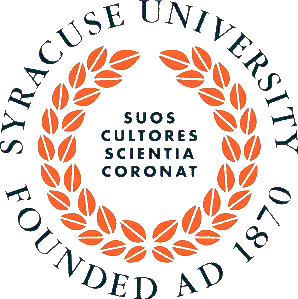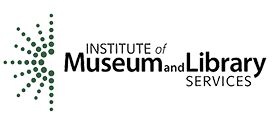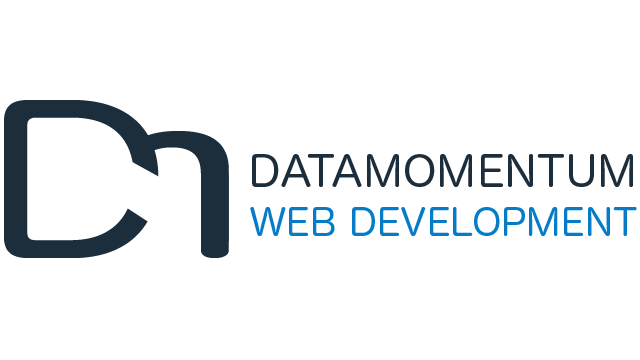Stripling's Inquiry Process Model
The first model we want to introduce to you is Barbara Stripling's The Inquiry Process model. You may know Barbara in one or more of her current and past roles: Associate Dean and Professor of Practice at Syracuse University's School of Information Studies; Director of Library Services, New York City Schools; ALA President, AASL President, NYLA President. Perhaps some of you already have used this model in your instructional planning.
The Inquiry Process model is based on a learning theory called constructivism. Evolving from the well-known theories of theorists such as Jean Piaget, Jerome Bruner and Lev Vygotsky, this theory states that people have a thought process that allows them to construct knowledge by making sense of new information in the context of what they already know/have experienced. In a constructivist learning environment, educators act as "facilitators," supporting knowledge acquisition through questions and guidance.
The innovation process begins with a problem or interest from the child's experience. Here are some examples of how young innovators get their ideas. Matthew, age 11, invented E-Z Pour, a device to help lift and pour from heavy bottles. He got his idea this way:
Ok, so it's EZ-Pour and it helps people who are elderly, or anybody, help pour their drinks – and, like, or like younger kids who can't lift up the bottle and that's kind of how I got my idea where I couldn't lift up my soda bottle one day and I couldn't pour it, so my mom was busy and she couldn't step away from what she was doing, so that's how I came up with the idea.
This is how 12-year old Beatriz gets her ideas. Her invention was a board game called "Eco-Connect" that helps kids like her learn about the environment.
Well, I usually just get them in, like, just in the community, whenever I see something that's unusual or that something's kind of sad, I usually try to think of the best solution – think of another idea for them to help. I mean, for it to be helpful.
Anthony, age 13, has his own business, making clay, resin and plastic charms and toys. Here's how he got involved in innovation.
Well, I've always been interested since I was really little. It kind of started with me, um, me sitting in, sitting in my older brother's robotics meetings and I, I was inspired. And I saw how he was making a robot and how they did everything, and it made me want to build robots and invent things. And he's also, he's also an artist. And so, by seeing him make paint and sell it at arts festivals, it inspired me to make clay, clay charms.
Sarah, the 10-year old inventor of "Make It to the Top," a board game to help kids stay physically active. Sarah wants to help people and loves creating her own stuff. Where does she get her ideas? Sarah says:
Well, they just come up in my head and I start to think of one thing about the contest. And then I think of another thing. And it just keeps going on and on until I have a really good idea. And I make the idea into real life. And then, I add to it if it needs more to add.
For his invention called Pause Play Instruction, a video that lets you pause between steps in a procedure or process being learned, thereby cutting down on confusion and being overwhelmed, our friend Nasario described his thought process in this way:
Well, you see, it started with my mind. It was empty, but then I thought of a problem I have all the time. That problem is that I can't remember a lot of steps. And it happens so much to me. I needed something to solve that, and that's where Pause Play Instructor comes in… The reason I created this invention is because, well, people with autism like me can have trouble remembering things, and I'm not only helping myself, but others, and that's a very good thing to do when you're inventing something… I got my ideas from things I'm interested in, because when you're thinking about a subject you like, I think that you might focus more on it 'cause you'll pay more attention to something you like. And that's just common sense.
The Inquiry Process model is a cyclical model where the learner can enter the process at any point, based on their prior learning. This model has six distinct but interconnected phases Connect, Wonder, Investigate, Construct, Express, and Reflect.
You will find a text version and a graphic version of this model below to help you understand what skills each phase entails.
IMAGE
Here is a more graphic representation of The Inquiry Process Model.
IMAGE
Sometimes, when young innovators have ideas, they find they also have questions about those ideas. We asked some young innovators if they have any questions about their ideas and, if so, where they went to find the information they needed.
Our young innovator, Nasario, had an interesting reply:
Well, I did have a few questions. Like, uh, like how to cut wood and stuff, or how to, like, drill things in, and I asked my dad most of those. And if I couldn't, if my dad didn't know the answer, I would go to Google and research, or, like, when I had to research if my invention was already out there, I went to, like, Google Images and other websites like that to help figure out things that I don't know.
In a survey of young innovators (grades 4-8), Small found that 75% said they get the information they need from the Web and only 5% said they turned to their school librarian when they needed help. Most said they rely mostly on Wikipedia because as one 5th grade boy stated "…I usually can trust Wikipedia because it's made by just people who just do that for a job…" and a 6th grade boy asserted, "Web sites are all over the world, so you get every bit of information, and if you can't find your invention, you're pretty sure it's not out there."
It is clear, even from just these few responses, that inquiry learning that helps young innovators understand where and how to find the highest quality information to answer their questions is a critical part of the innovation process, and there is a clear role for librarians to make sure they have the skills they need to ask the right questions, find the best answers, and use the information appropriately and ethically. While a resource like Google and even Wikipedia can contribute needed information, there are often better sources that should be used and more targeted questions that should be asked. Furthermore, young innovators need to learn to reflect on the process they used and the outcomes of their efforts to determine what they did well and what might be improved the next time.
Beatriz faced some information challenges along her invention creation path and this is what she used to help her find the information she needed:
Like, sometimes the Internet helps, sometimes advice helps, so basically any information I could get my hands on could help me.
Based on her model, Stripling created the Information Fluency Continuum (IFC), which was adopted by New York State as their information literacy standards. The IFC provides a framework for K-12 benchmark skills and assessments. These provide a foundation of skills needed by young innovators to formulate their questions and explore their ideas. To see the entire IFC with benchmarks, simply go to the URL below and scroll down to page 5. It is a fabulous resource!
http://schools.nyc.gov/NR/rdonlyres/1A931D4E-1620-4672-ABEF-460A273D0D5F/0/EmpireStateIFC.pdf
Many young innovators are highly self-motivated but there are also many who are reluctant to take risks, try something new, or fear failing. To help overcome this, we will introduce you to a simple, yet powerful, model that addresses another facet of innovation---motivation, known as the ARCS Model of Motivational Design (ARCS Model for short). As a mentor, you can use the ARCS Model to design your inquiry learning activities and motivate innovation and creativity in your mentee. The ARCS Model was developed by Dr. John M. Keller, professor emeritus, Florida State University.
The Innovation Destination
The Innovation Destination was designed and evaluated by a team from the Center for Digital Literacy at the School of Information Studies, Syracuse University and developed by Data Momentum Inc, in partnership with the Connecticut Invention Convention, By Kids for Kids, New York On Tech, and over 70 school librarians and young innovators.
This site has been serving the youth invention community from 2015 - present.




